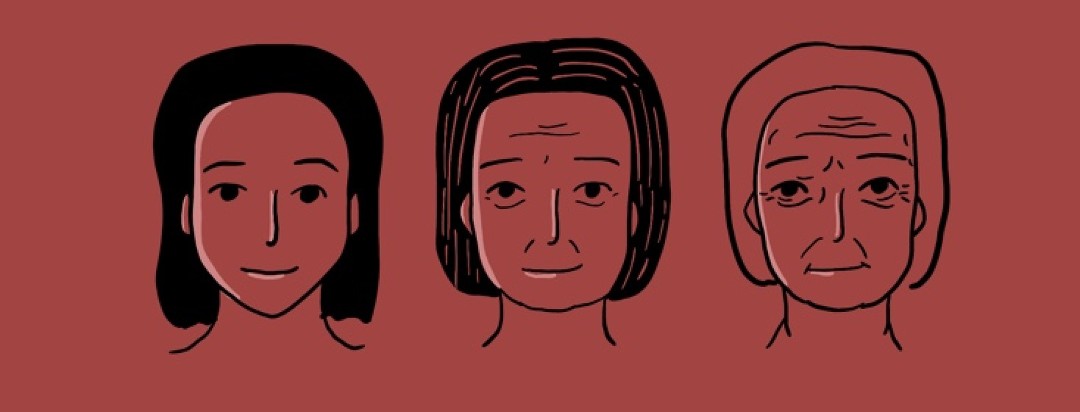Life Expectancy and Lupus
Reviewed by: HU Medical Review Board | Last reviewed: July 2024 | Last updated: July 2024
Lupus, short for systemic lupus erythematosus (SLE), is an autoimmune disease that affects many organs in the body. It most affects the skin, mucous membranes, joints, and kidneys. It often occurs with other serious medical conditions such as heart disease, lung disease, or other autoimmune diseases.1
As experts learn more about lupus and treatment improves, life expectancy for people with lupus is improving, too. A large majority – 85 to 90 percent – of people diagnosed with lupus live at least 10 years after their diagnosis.1
Lupus life expectancy
Due to the advances in lupus treatment, death usually results from related conditions rather than lupus itself. These conditions include heart disease, infections, and kidney disease. Heart disease is one of the most common causes of death in those diagnosed with lupus, causing up to half of all deaths.1,2
Experts have found that men living with lupus tend to die earlier than women. Those who developed lupus earlier in life also had a shorter life expectancy. But early diagnosis improves outcomes. The earlier someone is diagnosed with lupus, the earlier their doctors can look for and treat things like heart disease.1,2
Lupus health disparities
Health disparities are health differences that result in more frequent disease or worse outcomes in certain groups. These disparities are largely affected by social determinants of health – factors that can contribute to different care or health outcomes. Your social determinants of health include your:3
- Race
- Education level
- Neighborhood or town
- Economic status
Due to health disparities, life expectancy is not the same in all those living with lupus. Black/African American and Native American people are 3 times more likely to develop lupus than white people. Black people living with lupus have significantly worse outcomes. They are 9 times more likely to develop kidney failure. Rates of kidney and heart disease are higher in all populations of color.3
The Lupus Foundation of America is working hard to reduce these disparities so that everyone living with lupus may have the same chance at health.3
Tips to improve life expectancy
There are a few lifestyle changes that are important to make when you have lupus. Reducing your sun exposure is crucial. Those living with lupus are more sensitive to the sun and may burn more easily. When you do spend time in the sun, cover your skin with lightweight clothing, and wear sunglasses and a hat.1
A healthy diet is important for everyone. But for those living with lupus, it is extra important to eat a balanced diet. This will help them avoid other comorbidities, like heart disease. Focusing on a balanced, low-saturated fat diet may help reduce your risk of heart disease caused by cholesterol buildup in the blood vessels.1
Because your body makes vitamin D from sunlight, taking vitamin D supplements may also be necessary. But always talk to your doctor before starting any new supplements or medicines.1
The most important tip to improve life expectancy and quality of life with lupus is getting involved in your care. Keep track of the questions you have for your doctor. Ask them to explain your medicines and what they treat. Talk to them about what signs and symptoms to look out for.1
Being involved in your care can help improve not only your physical health but also your mental health. Understanding and being involved in your healthcare can help relieve anxiety and empower you.1
